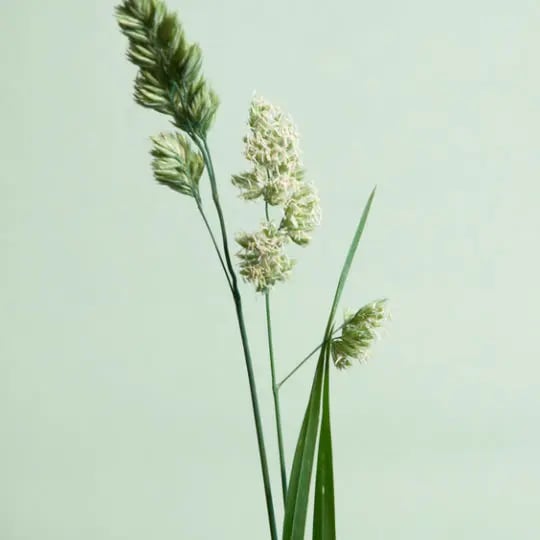Turf Library
Rough Bluegrass

Scientific Name: Poa trivialis
Rough bluegrass is a common cool-season grass that thrives in shady, moist areas. Often regarded as a weed, this aggressive turf type can be used as a substitute for Kentucky bluegrass, which is less tolerant of shade and damp soil. Rough bluegrass has a low tolerance for drought, heat, and traffic and is highly susceptible to disease and insect infestation.
Identification
Rough bluegrass blades are soft and narrow with a boat-shaped tip. They tend to lie flat in one direction. The turf is bright yellow-green in color, fine in texture, and generally grows to about 12” to 18” high when left unmowed. Rough bluegrass is winter hardy, but intolerant of heat and drought, often wilting and turning brown once summer arrives if not properly irrigated.
Care
Because rough bluegrass requires moist conditions, frequent watering is recommended. Fertilization during the active growth season (spring and fall) is beneficial too. Rough bluegrass boasts an impressive winter hardiness
Blends
Rough bluegrass seeds are sometimes blended with perennial ryegrass, fescue, and Kentucky bluegrass to improve a lawn’s shade tolerance. Mixing with Kentucky bluegrass does not always produce the best results, however, because of their differing colors and and the tendency of rough bluegrass to smother the Kentucky bluegrass if overwatered.
Growth and Spread
This shallow-rooted plant spreads by horizontal branches growing from the base of a grass blade (known as a stolon or runner) that produces a new plant from a bud at its tip. This continues until a thick, dense turfgrass has developed.
Need Help with Rough Bluegrass?
Call today at and let's talk about how we can help you with Rough Bluegrass and other Turf Library.
